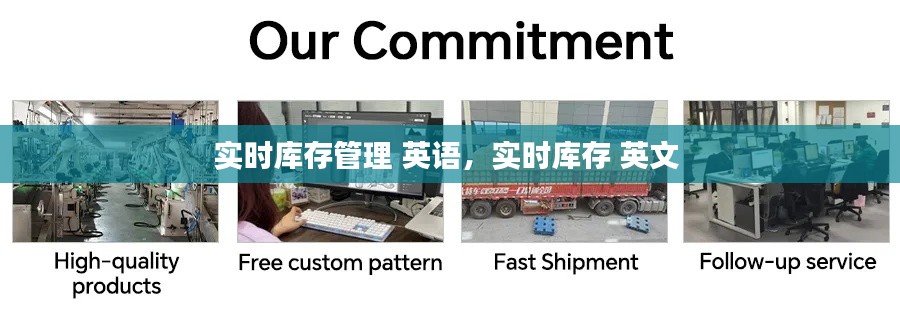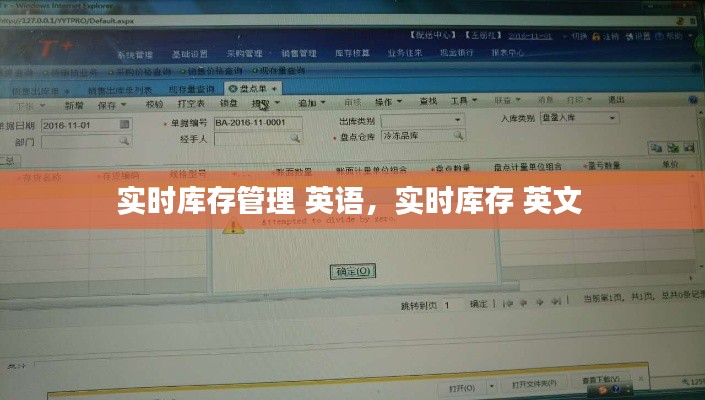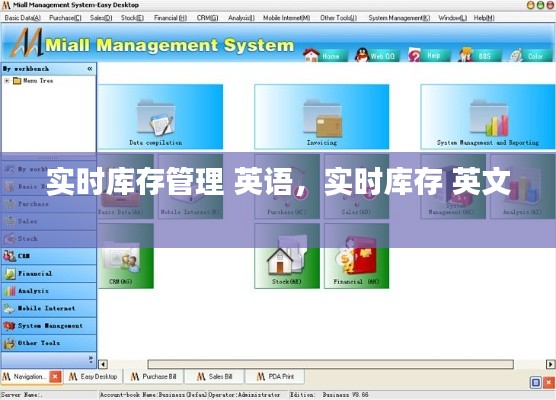Introduction to Real-Time Inventory Management
Real-time inventory management is a crucial aspect of modern supply chain and logistics operations. It involves the continuous tracking and updating of inventory levels to ensure that products are available when and where they are needed. This article delves into the concept of real-time inventory management, its benefits, challenges, and the technologies that enable its implementation.
What is Real-Time Inventory Management?
Real-time inventory management refers to the practice of monitoring and updating inventory levels in real-time. Unlike traditional inventory management systems that rely on periodic updates, real-time systems provide instant visibility into stock levels, allowing businesses to make informed decisions promptly.
These systems are typically integrated with various technologies such as barcode scanners, RFID tags, and IoT devices, which help in tracking inventory movement and updating stock levels in real-time. This ensures that the inventory data is accurate and up-to-date at all times.
Benefits of Real-Time Inventory Management
Implementing real-time inventory management offers several benefits to businesses:
Improved Accuracy: Real-time updates minimize the risk of human error and ensure that inventory records are accurate.
Enhanced Visibility: Businesses have a clear view of their inventory levels, enabling better decision-making and planning.
Reduced Stockouts: By having real-time data, companies can avoid stockouts by restocking products before they run out.
Increased Efficiency: Real-time inventory management streamlines operations, reducing time spent on inventory tracking and management.
Cost Savings: By minimizing stockouts and overstocking, businesses can save on storage costs and reduce waste.
Challenges in Implementing Real-Time Inventory Management
While real-time inventory management offers numerous benefits, it also comes with its own set of challenges:
Technology Integration: Integrating real-time inventory management systems with existing infrastructure can be complex and costly.
Data Accuracy: Ensuring the accuracy of data in real-time systems requires robust data validation and quality control processes.
Training and Change Management: Employees need to be trained on new systems and processes, which can be challenging and time-consuming.
Scalability: As businesses grow, their inventory management systems must be scalable to handle increased data volume and complexity.
Technologies Enabling Real-Time Inventory Management
Several technologies play a vital role in enabling real-time inventory management:
Barcode Scanners: These devices are used to scan barcodes on products, providing instant identification and tracking.
RFID Tags: Radio-Frequency Identification (RFID) tags can be attached to products, allowing for automatic tracking and identification without line-of-sight.
IoT Devices: Internet of Things (IoT) devices, such as sensors and smart shelves, can provide real-time data on inventory levels and environmental conditions.
Inventory Management Software: Advanced software solutions can integrate data from various sources, providing a comprehensive view of inventory levels and movement.
Case Studies and Success Stories
Several businesses have successfully implemented real-time inventory management systems and experienced significant improvements:
Walmart: The retail giant has implemented RFID technology to track inventory in real-time, reducing out-of-stock situations and improving customer satisfaction.
Amazon: The e-commerce giant uses advanced inventory management systems to ensure products are available for immediate shipping, minimizing wait times for customers.
Apple: The tech giant has implemented real-time inventory management in its retail stores, allowing for efficient restocking and improved customer service.
Conclusion
Real-time inventory management is a critical component of modern supply chain operations. By leveraging advanced technologies and strategies, businesses can achieve improved accuracy, enhanced visibility, and increased efficiency. While challenges may arise during implementation, the long-term benefits of real-time inventory management make it a valuable investment for any business looking to optimize its supply chain and improve customer satisfaction.
转载请注明来自江苏安盛达压力容器有限公司,本文标题:《实时库存管理 英语,实时库存 英文 》
















 苏ICP备2020065159号-1
苏ICP备2020065159号-1